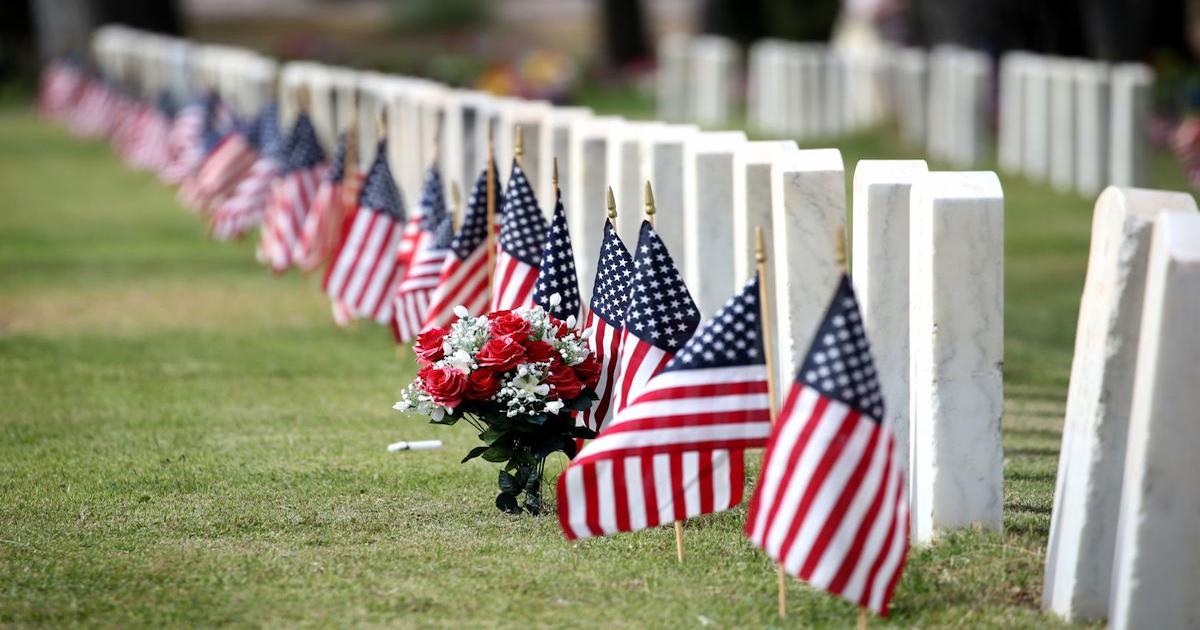The Origin of Memorial Day
Published 10:26 am Monday, May 29, 2023
|
Getting your Trinity Audio player ready...
|
Originally called Decoration Day, from the early tradition of decorating graves with flowers, wreaths and flags, Memorial Day is a day for remembrance of those who have died in service to our country. It was first widely observed on May 30, 1868 to commemorate the sacrifices of Civil War soldiers, by proclamation of Gen. John A. Logan of the Grand Army of the Republic, an organization of former Union sailors and soldiers.
During that first national commemoration, former Union Gen. and sitting Ohio Congressman James Garfield made a speech at Arlington National Cemetery, after which 5,000 participants helped to decorate the graves of the more than 20,000 Union and Confederate soldiers who were buried there.
This national event galvanized efforts to honor and remember fallen soldiers that began with local observances at burial grounds in several towns throughout the United States following the end of the Civil War, such as the May 1, 1865 gathering in Charleston, South Carolina organized by freed slaves to pay tribute and give proper burial to Union troops.
In 1873, New York was the first state to designate Memorial Day as a legal holiday. By the late 1800s, many more cities and communities observed Memorial Day, and several states had declared it a legal holiday.
After World War I, it became an occasion for honoring those who died in all of America’s wars and was then more widely established as a national holiday throughout the United States.
In 1971, Congress passed the Uniform Monday Holiday Act and established that Memorial Day was to be commemorated on the last Monday of May.
Memorial Day is commemorated at Arlington National Cemetery each year with a ceremony in which a small American flag is placed on each grave. Traditionally, the President or Vice President lays a wreath at the Tomb of the Unknown Soldier.


